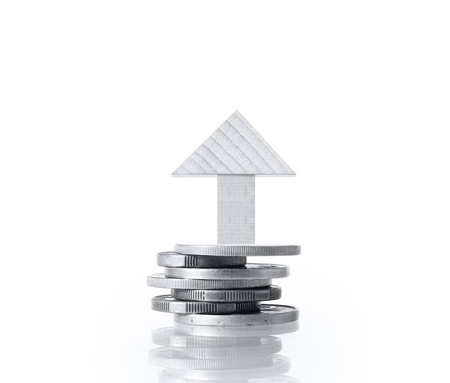Mid- to Long-term Environmental Management Goals
LX International has defined the directions for environmental management and the key strategies that will guide us through the systematic management of our environmental impacts, and the subsequent key tasks have been derived to attain the strategic goals. These tasks are being executed in line with the goals and plans over the short- mid- and long-term periods. Going forward LX International will make the all-out efforts to deliver the tasks and achieve our strategic goals, thereby taking our environmental management capabilities to the next level, and advance our entire environmental management system.
Legal and Regulatory Compliance Strategy
We have a strategy in place to build an infrastructure designed to preemptively respond to any international environmental regulations, which is a crucial step for launching new business platforms and solutions, and pioneering new markets.

We conduct periodic audits to ensure complete compliance with any environmental laws and regulations. This is to maintain consistency with any environmental policies for sustainable management, and to ensure we are strictly following the appropriate methods and procedures to pass on providing a better environment for future generations.
We conduct robust safety and environmental audits twice a year at our headquarters to verify registration and management of chemicals, the appropriateness of environmental permit registration and renewal, the installation and management of environmental protection facilities for air and wastewater, review and self-measurement of the emissions of major pollutants, the reporting of a legal performance, the recycling activities of waste, and whether the subcontracting reports have been filed for hazardous chemicals handled by our partners.
(Relevant Laws and Regulations: Chemical Substances Control Act, Act on the Registration and Evaluation of Chemicals, Waste Management Act, Framework Act on Carbon Neutrality and Green Growth for Coping with Climate Crisis, etc.)
Sustainable Procurement
LX International is committed to minimizing its environmental impact through the procurement of environmentally sustainable products, aiming to contribute to a healthier environment and an enhanced quality of life.
To foster a culture of sustainable consumption, we have established internal standards for Sustainable Procurement in line with international ESG practices, and we are actively working to expand our use of eco-friendly products across all business operations.
[Definition of Environmentally Sustainable Products]
① Products certified with the Korea Eco-Label in accordance with the Framework Act on Environmental Technology and Industry
② Excellent Recycled Products (GR Products) certified under the Act on the Promotion of Saving and Recycling of Resources
③ Low-Carbon Certified Products in accordance with the Act on the Promotion of Purchase of Green Products
④ Products certified under newly introduced environmental certification programs by public institutions, other than those listed above
⑤ Other products that meet the following environmental criteria and are approved as environmentally sustainable by the company’s internal experts:
1) Products free from hazardous substances, including the six restricted substances under the RoHS Directive, asbestos, and other environmentally harmful materials
2) Products that support waste reduction through packaging minimization and reusable or returnable containers
3) Products that emit significantly fewer toxic or polluting substances into air or water during use or disposal, and pose minimal risks to ecosystems and human health
4) Products with low energy consumption and reduced global warming potential throughout their life cycle
[Green Procurement Performance]
LX Pantos, a subsidiary of LX International, is implementing Green Procurement by replacing raw materials in existing products with environmentally friendly alternatives.
Key items include recyclable cushioning materials and recycled stretch film.


























